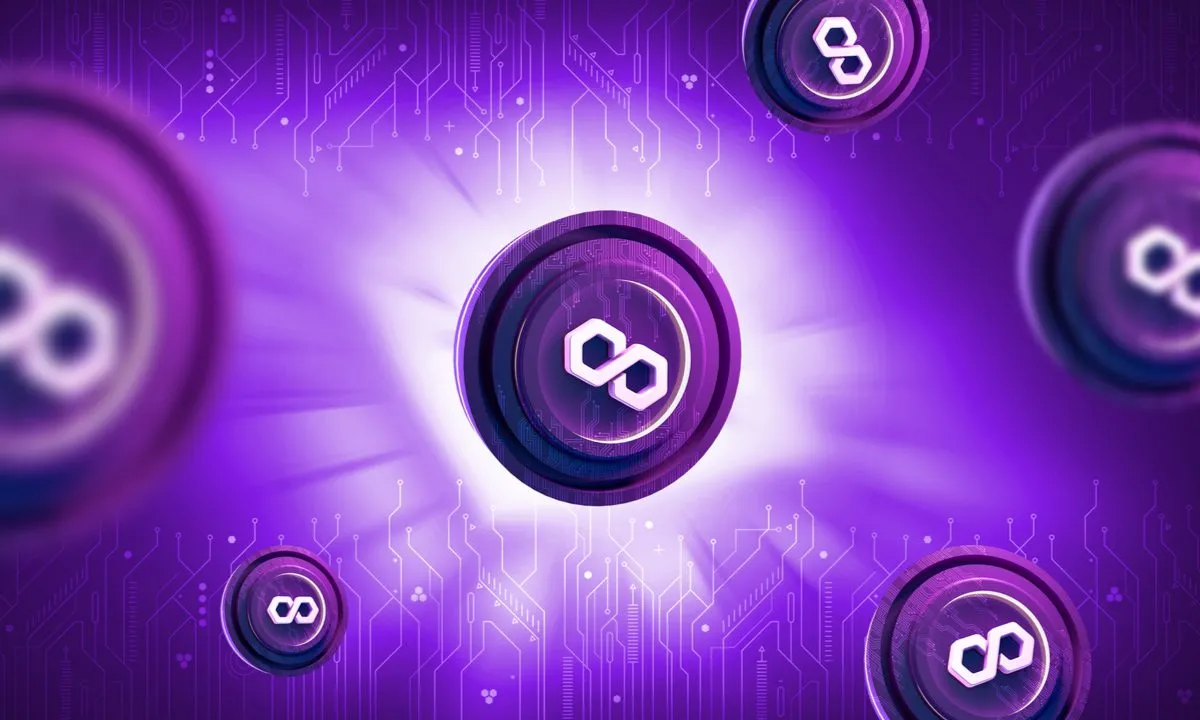
Pol Blockchain: The Ultimate Guide to Scalability and Modern Applications
What is POL Blockchain?
POL, formerly known as Polygon and Matic Network, is a layer-2 scaling solution designed to improve the functionality and scalability of Ethereum. By addressing the high gas fees and slow transaction speeds often associated with Ethereum, POL has established itself as a vital player in the blockchain ecosystem. POL achieves this through a decentralized network of sidechains that operate alongside the Ethereum mainnet, ensuring faster transactions and lower costs.
How Does POL Work?
POL utilizes a hybrid framework that combines Proof of Stake (PoS) consensus with Plasma technology. This innovative approach enables it to offer high throughput while maintaining robust security. The platform’s architecture is based on a modular framework known as POL SDK, which allows developers to create customizable blockchain networks. By leveraging sidechains and Plasma Chains, POL enhances transaction efficiency and scalability while ensuring seamless interoperability with the Ethereum mainnet.
Core Features of POL
POL is recognized for its high scalability, allowing thousands of transactions per second, significantly outperforming Ethereum’s native capacity. It offers low transaction costs by utilizing sidechains, making it an economical choice for developers and users. Its full compatibility with Ethereum ensures the easy migration of decentralized applications (dApps), while its robust security is maintained through the Proof of Stake consensus mechanism. Additionally, POL fosters a connected ecosystem by enabling interaction between different blockchain networks.
Applications of POL in the Modern World
POL has revolutionized decentralized finance (DeFi) by enabling faster and cheaper transactions. Platforms like QuickSwap and Aave leverage POL to enhance their operations, offering users seamless experiences in trading, lending, and yield farming. The NFT market also benefits significantly from POL’s scalability, with creators and marketplaces using it to mint digital assets at lower costs and facilitate eco-friendly transactions. POL’s infrastructure supports blockchain-based gaming and metaverse projects by enabling real-time, cost-efficient transactions for in-game purchases and virtual worlds.
Beyond these areas, enterprises adopt POL for its flexible architecture to implement solutions like supply chain management, asset tokenization, and secure digital identity systems. Decentralized Autonomous Organizations (DAOs) also use POL for efficient governance voting. Furthermore, its commitment to becoming carbon-neutral makes it a preferred choice for projects with sustainability goals.
Why Choose POL?
POL’s accessibility and developer-friendly tools position it as a leading blockchain solution. Its growing ecosystem, bolstered by partnerships with major platforms like OpenSea, demonstrates its capability to support a wide range of applications. With its innovative features and focus on scalability, POL continues to attract developers and businesses seeking reliable blockchain infrastructure.
Future of POL
As blockchain technology evolves, POL remains at the forefront, driving advancements in scalability and interoperability. Ongoing developments, such as zk-rollups and enhancements to its modular framework, will further solidify its role as a critical layer-2 solution. With its forward-looking approach and robust ecosystem, POL is set to shape the future of decentralized technology.
Conclusion
POL is transforming the blockchain landscape by overcoming Ethereum’s limitations and enabling diverse applications across industries. Its scalability, low costs, and compatibility with Ethereum make it an indispensable tool for modern blockchain projects. As the demand for decentralized solutions grows, POL’s contributions to the blockchain ecosystem will become increasingly significant.





